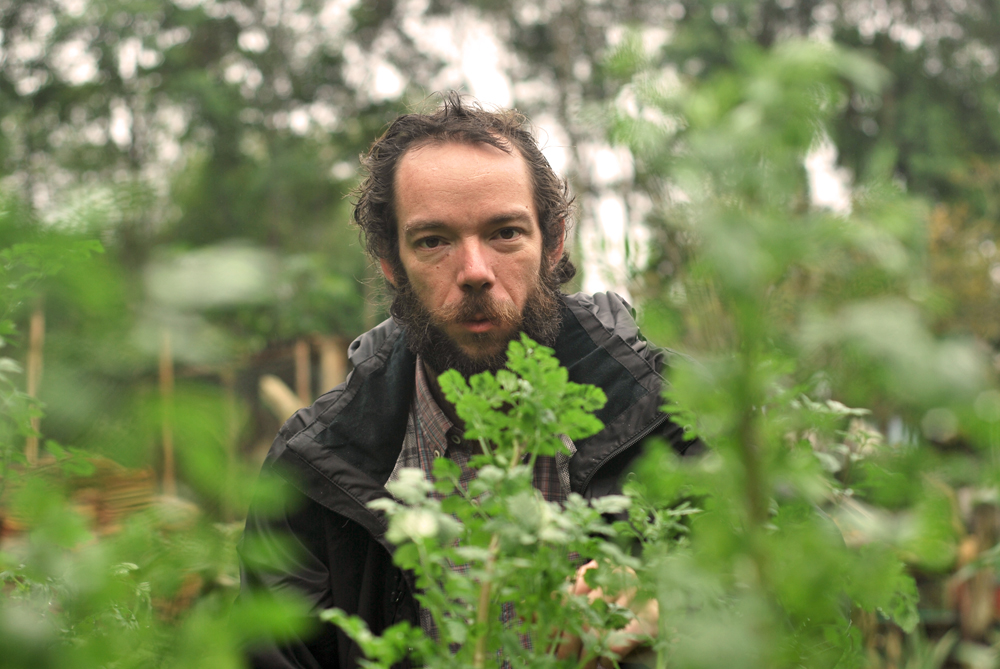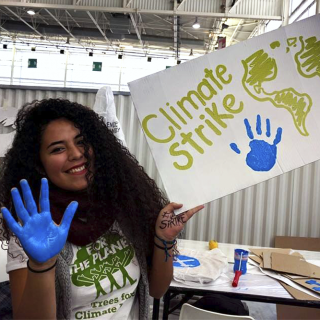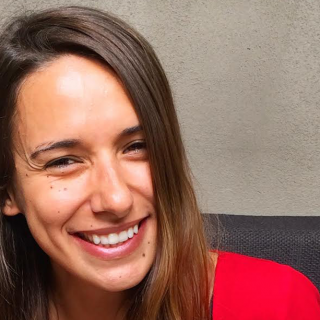Where are the rural areas of São Paulo? If you pose this question to passersby on Avenida Paulista, on the city’s main drags, they might laugh out loud. After all, São Paulo is a city of 12 million people. Most think its fields were paved over long ago.
But the truth is that the districts of Parelheiros and Marsilac, in the southern part of the city, comprise a rural area measuring roughly 135 square miles. More than 400 farmers make their living there.
The farmers live and work in two designated Environmental Protection Areas (APAs) called Capivari-Monos, established in 2001, and Bororé-Colônia, established in 2006.
In 2008, when he first encountered the city’s rural neighborhoods, Arpad Spalding was 27, he recently recalled in an interview with Believe.Earth. He’d just returned from a year in Mozambique, where he’d gone after earning a degree in geography from the Universidade de São Paulo. Amidst the poverty he found in Mozambique, Spalding observed what he felt were unsound land use practices. He returned to Brazil with the goal of becoming a farmer, living and working on his family’s property in Cotia, a city just west of São Paulo.
Bu things didn’t work out that way. Spalding instead went to work for the Instituto 5 Elementos, the 5 Elements Institute, a nonprofit focused on sustainability education. He ended up taking the lead on one of the Parelheiros district’s first organic agriculture initiatives. His job was to help train local farmers to use organic methods and to provide them with support and technical assistance.
The project lasted several months. When it ended, Spalding felt so attached to the work that he decided to stay on and continue working with the farmers on a volunteer basis.
WHAT KIND OF AGRICULTURE IS THIS?
“Nobody knew what he was talking about,” Daniel Petrino dos Santos, a 39-year-old Parelheiros farmer, born in the region, told Believe.Earth.
“I did not give much attention to it, but Arpad persisted,” said Petrino dos Santos. “He used to come over here and say, ‘Daniel, how about planting organic food?’ I was used to planting in the traditional way, so it took me a long time to change.”
Spalding remembers that, at first, resistance was stubborn. But, over time, he said, “We have helped a few farmers who have become role models and leaders, helping to convert others.”
Valéria Macoratti, 47, is one of those converts. She moved to a farm in the area in 2000 in hopes of having a place to raise the dogs she’d been taking in from off the street. She began planting crops. Whenever she’d travel into the city, she’d take lettuce, cabbage and parsley with her to fulfill requests from her friends. As the orders kept expanding, Macoratti began delivering products grown on neighboring farms as well.
Each time she came to the farm to collect vegetables, she told Believe.Earth, Spalding would ask her, “Do you really need to use poison?”

Spalding with Valéria Macoratti, whom he introduced to organic farming (Rafael Igayara/Believe.Earth)
Macoratti is the president the Agroecological Cooperative of Rural Producers and Clean Water of São Paulo, known as Cooperapas, which she helped found in 2011 to further the farmers’ interests. At that time, demand for organic farm products was weak. Farmers who grew organic food sold their produce at street markets. But, the returns didn’t meet farmers’ expectations and many were discouraged.
“The challenge was to structure a system specifically for these products,” he said.
To find a solution, two more organizations joined the effort: Instituto Kairós, the Kairós Institute, a social technology nonprofit, and Associação Biodinâmica, the Biodynamics Association, a group that helps farmers get their food certified as organic.
The Brazilian Ministry of Agriculture created its first official organic certification system not long after, with the first group of farmers receiving certification in 2012. Other farmers joined the Agroecological Transition Protocol of the State of São Paulo, a state government effort to support organic food production.
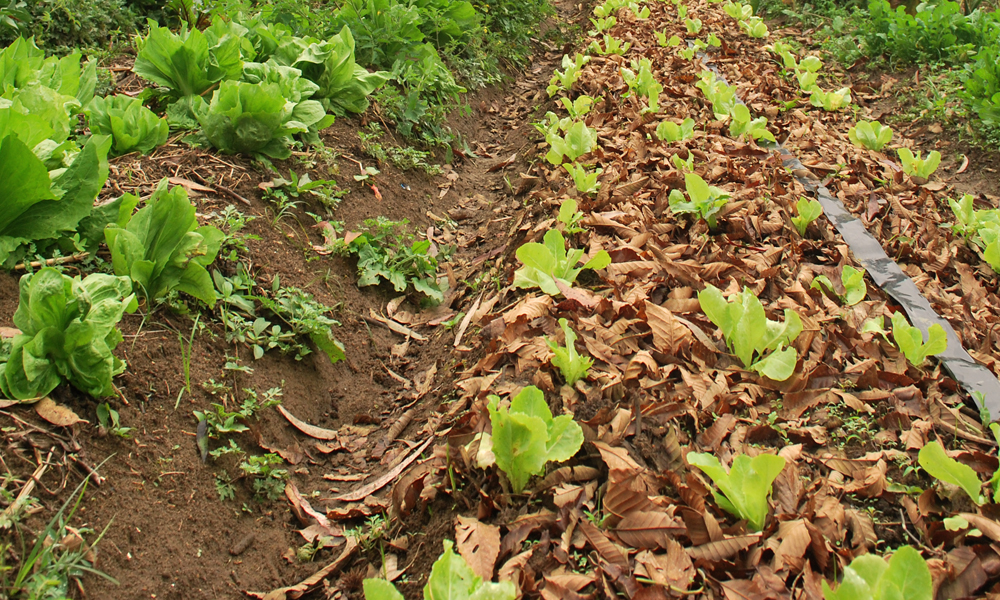
The key to organic planting is a balanced soil, which helps the plant to develop and protect itself against diseases (Rafael Igayara/Believe.Earth)
“TOGETHER, WE GO FURTHER”
The farmers still needed to sell the public on the benefits of organic food, Spalding said. They hit upon the idea of holding special street fairs in city parks to attract attention. Unfortunately, it wouldn’t have been legal to sell food at such events.
“So, what do we do?” Spalding asked rhetorically. “We mobilize farmers to change the law.”
Cooperapas held São Paulo’s first organic food fair in 2011, setting up four stalls at Burle Marx Park in defiance of the law. A year later, they held another fair in Ibirapuera Park. The fairs continued, but in 2014, the city government threatened the farmers and ordered them to stop. In response, the cooperative launched a protest campaign under the slogan, “Keep the street fair on the streets!” It took off on social media.
This movement helped to create a sense of optimism among the farmers, according to Macoratti, the president of the cooperative.
“Then,” she said, “everyone understood that, together, we could go further.”
Spalding’s dream of becoming a farmer began to feel more urgent. So, he and three partners bought a piece of land in the area and joined the cooperative.
NEXT STEP: CO-OPERATIVE SALES
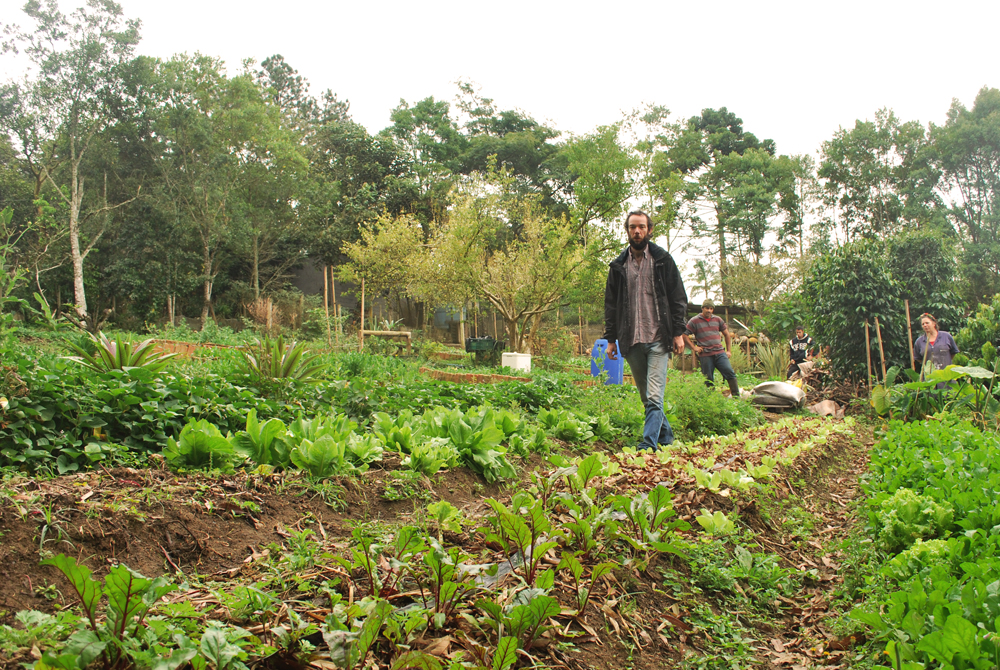
Spalding gets his hands dirty to make things happen (Rafael Igayara/Believe.Earth)
In 2015, the organic producers took their cooperative a step further, deciding to market their goods collectively to restaurants and retail food shops.
During that time, Spalding spent part of his week talking to chefs and companies that might be interested in buying organic food. The rest of the time, he worked deciding which products would be harvested, helping producers organize deliveries and collecting payments. The cooperative made its first sale to the organizers of an event at City Hall in 2015. Soon after, Instituto Chão, a store located in the Vila Madalena neighborhood, became the farmers’ first regular customer.
Italian-Argentine chef and restaurateur Paola Carosella came to meet the farmers and ended up signing a contract for the cooperative to supply products to her restaurants. Others food purveyors followed suit, including the Sesc restaurant chain, and the Google and Facebook office cafeterias.
The cooperative now brings in around 40 thousand Brazilian reais (R$), or about $13,000 a month. The 36 growers divide that among themselves based on the volume of produce each contributes.
“In the beginning, our meetings just had a few people,” said Macoratti, the cooperative’s president. “Nowadays, there are more than 40 participants and there are always new people interested in learning about and joining the group.”
Spalding’s work with the farmers continues. Many in the region still do not practice organic farming.
But, those who have gone organic say they’ve seen results. After all, conventional farming practices can undermine the fertility of the soil over time.
“I used to plant more. But I lost a lot of products because I used poison and chemical fertilizer,” Ismael Fidêncio, a-68-year-old farmer, told Believe.Earth.
“I also used to burn the bush, which destroys the soil,” he said. “Now, the bush is my fertilizer. I reap a crop and plant another right next to it. I plant less, but I reap more.”
Before joining the organic cooperative, he made R$600 a month, he said, roughly $195. Now, he makes R$1,400 monthly, or around $450.
Fidêncio’s example is Spalding’s favorite.
“The farmer learned how to understand his land, the processes that were happening there. Now, he has the autonomy to solve the problems that arise, certain in the knowledge that he’s doing what is the best for him, his family and society.”
